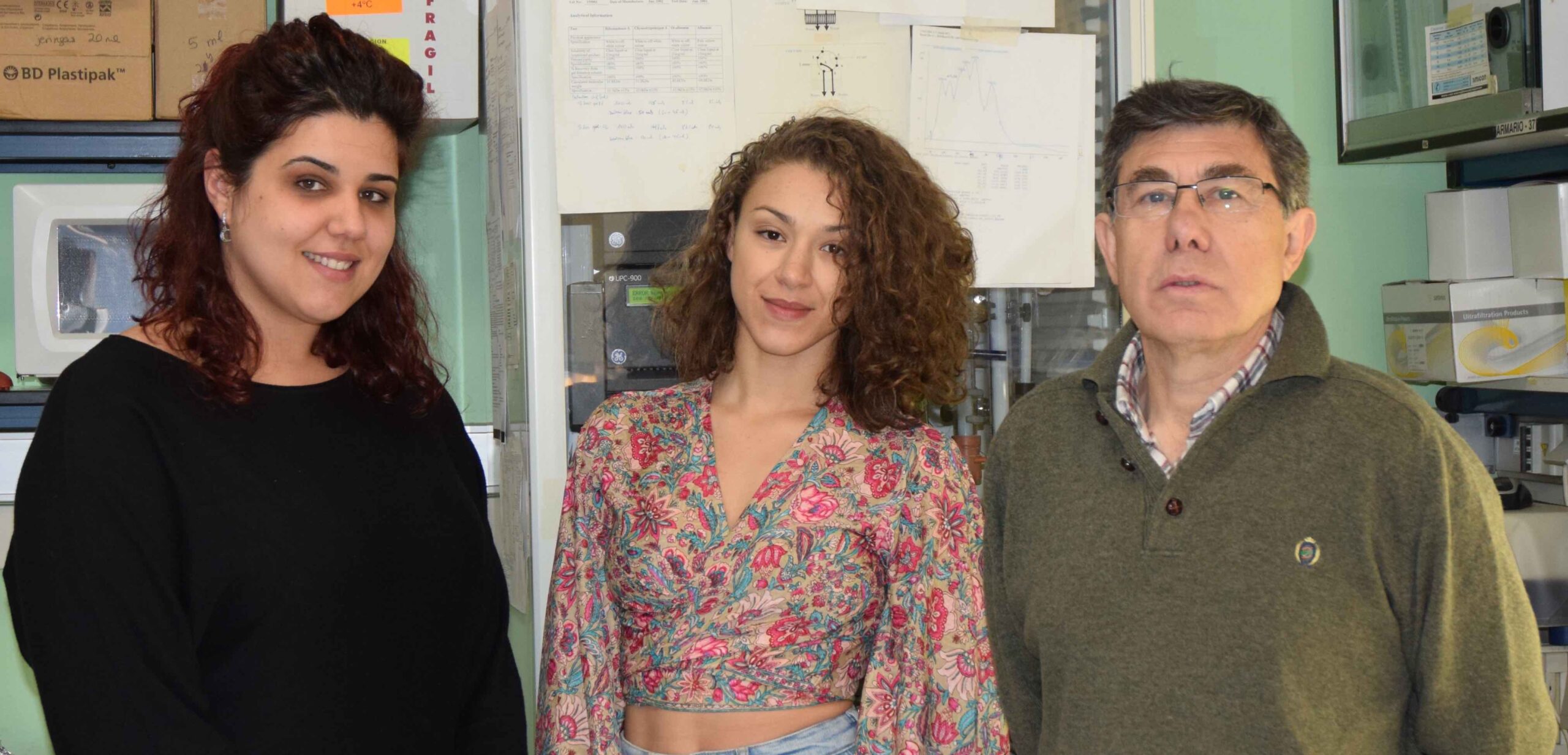Cell-cell and Cell-virus Interactions
RESEARCH GROUPS

Jose M. Casasnovas
Group Leader
Research Summary
Our group studies the cell surface molecules that regulate the immune system and viral entry into host cells. We analyse receptor-ligand interactions related to immune processes such as cell adhesion and phagocytosis, as well as virus binding to cells. We also characterise virus neutralisation by the humoral immune response and its relationship to virus cell entry. Our research has provided key insights into the function of immune receptors and identified viral epitopes essential for virus infection, some of which are targeted by neutralising antibodies. Our multidisciplinary research employs structural, biochemical and cell biological approaches.
Research Lines
- Virus neutralization by antibodies: Identification of neutralizing antibodies and their mechanisms of virus neutralization.
- Functional characterization of phosphatidylserine receptors (TIM proteins).
- Collaboration on the characterization of viral vaccine candidates.
- X-ray crystallography of viral and cellular protein complexes.

Structure of the SARS-CoV-2 spike S in complex with a neutralizing nanobody (Nb). Top. Scheme of the S protein used to generate the structure. The extracelular S1 with the N-terminal domain (NTD), receptor-binding domain (RBD), subdomains SD1 and SD2, and the S2 region are shown colored. The soluble S contained a T4 trimerization domain (T), a FLAG peptide (F), and a 6xHis-tag (H) at its C-terminal end. Bottom. Cryo-EM structure of the trimeric S with a Nb bound to its RBD. The S monomers are represented as surfaces, those with the open RBD are shown in white or grey, whereas the monomer with the closed RBD is with the domains colored as in A. The three Nbs bound to the RBD are shown in red. Lateral (left) and frontal (right, from the top) views of the complex.
Publications
Group Members
Group Leader
José M. Casasnovas
Lab Assistant
María Angeles Noriega



